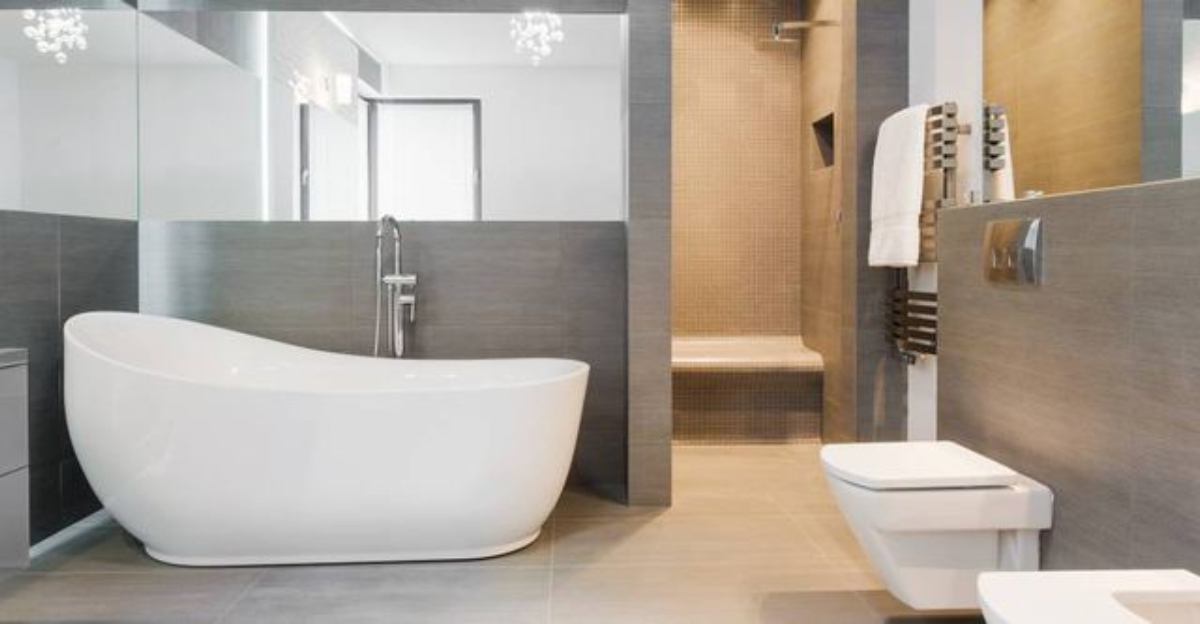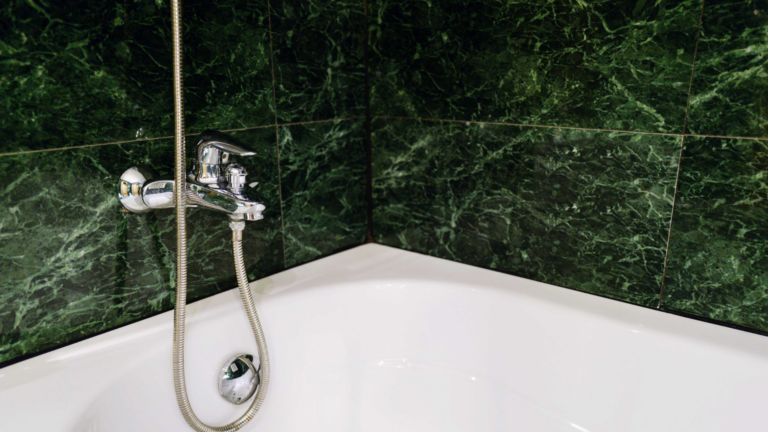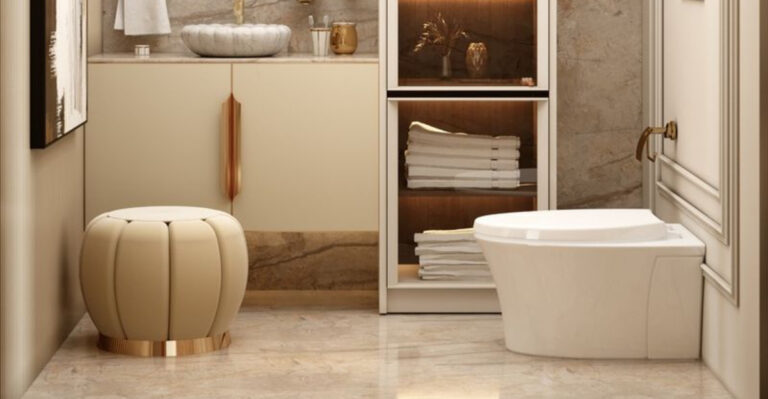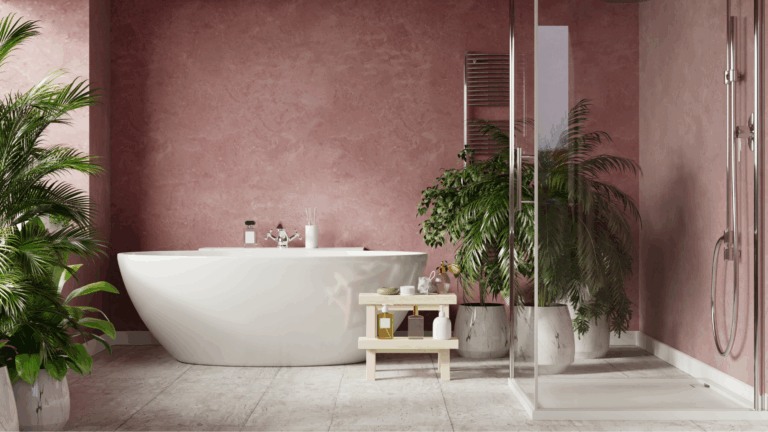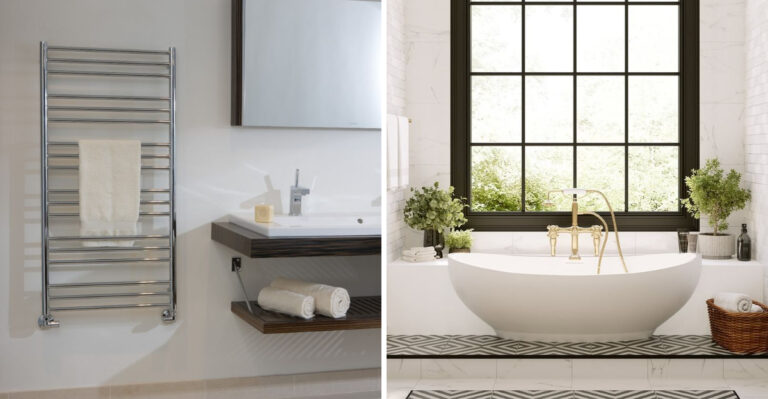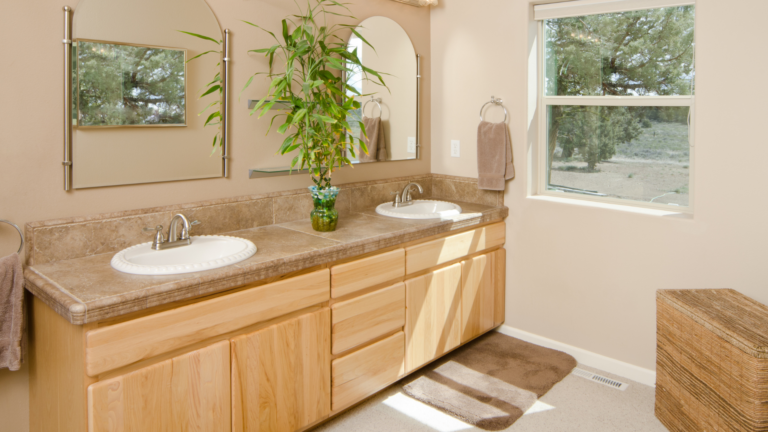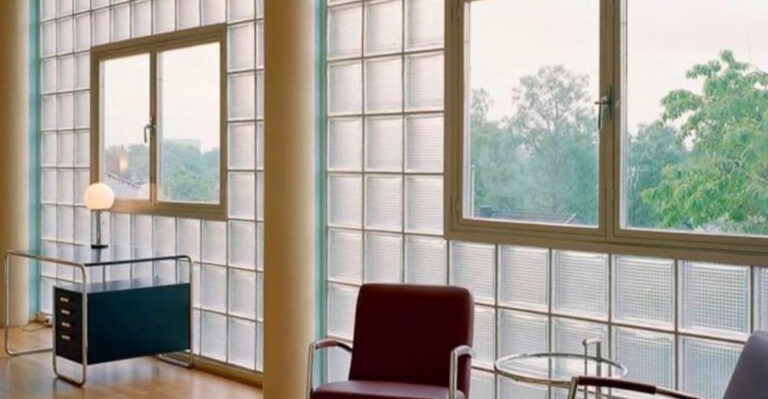The Dos And Don’ts Of A Bathroom Remodel
I’ve learned the hard way that bathroom remodels can be both exciting and overwhelming. One minute you’re dreaming of a spa-like escape and the next you’re knee-deep in grout samples and plumbing surprises.
Whether you’re revamping a tiny powder room or going all-in on a full master bath makeover, the decisions can feel endless. But with the right tips and a little planning, it doesn’t have to be a mess, literally or financially.
I’ve pulled together the lessons that saved me time, money, and stress. If you’re diving into a remodel, this guide will help you do it right.
1. Do Plan Your Budget Thoroughly
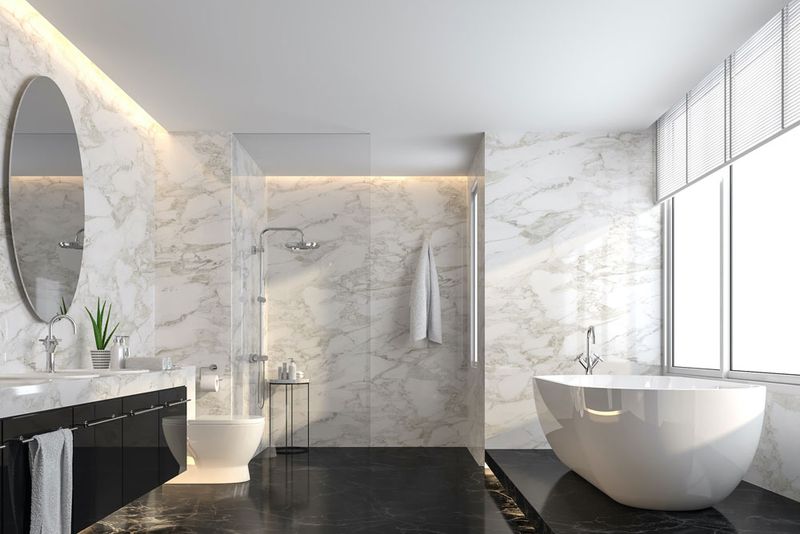
Money matters get messy when bathroom projects begin without clear financial boundaries. Set aside 15-20% extra for unexpected issues like water damage or electrical surprises hiding behind those old walls.
Track every expense in a dedicated spreadsheet or app. Your future self will thank you when that gorgeous rainfall showerhead suddenly goes on sale and you know exactly if you can afford it.
Remember that fancy fixtures often require fancy installation, so factor in labor costs for specialty items. Your Instagram-worthy bathroom vision needs a reality-based budget to become true!
2. Don’t Skip The Research Phase
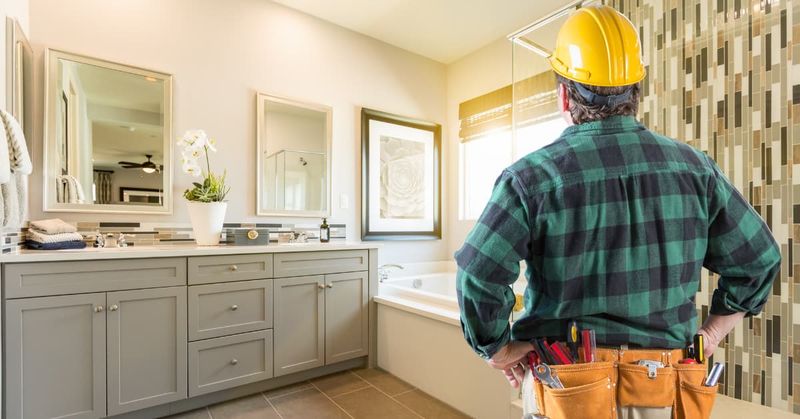
Jumping into demolition without proper homework creates expensive disasters. Materials that look fantastic in showrooms might perform poorly in humid bathroom environments or clash with your existing plumbing.
Visit recently remodeled bathrooms of friends or open houses to see real-world applications. Online photos can be deceiving, while touching and experiencing materials firsthand reveals their true qualities.
Quiz contractors about their experience with specific products you’re considering. A good contractor will honestly tell you which trendy materials actually hold up over time and which ones cause maintenance nightmares!
3. Do Hire Licensed Professionals
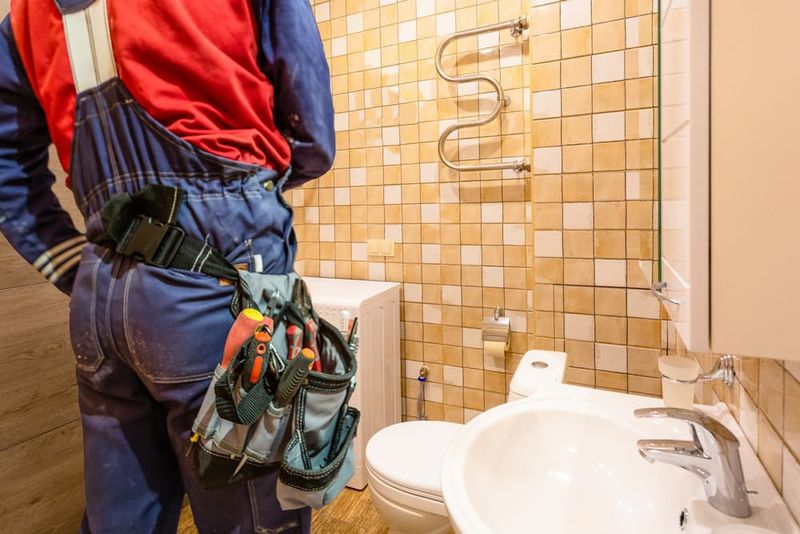
Uncle Bob might offer to redo your bathroom for cheap, but bathroom renovations involve complex systems that can cause serious damage when installed incorrectly. Water and electricity don’t mix well without proper expertise!
Licensed plumbers and electricians understand building codes that protect your home’s value and your family’s safety. They also carry insurance that covers accidents or mistakes during the renovation process.
Quality professionals might cost more upfront but save thousands in the long run by preventing leaks, electrical hazards, and structural problems that amateur work often creates.
4. Don’t Overlook Ventilation
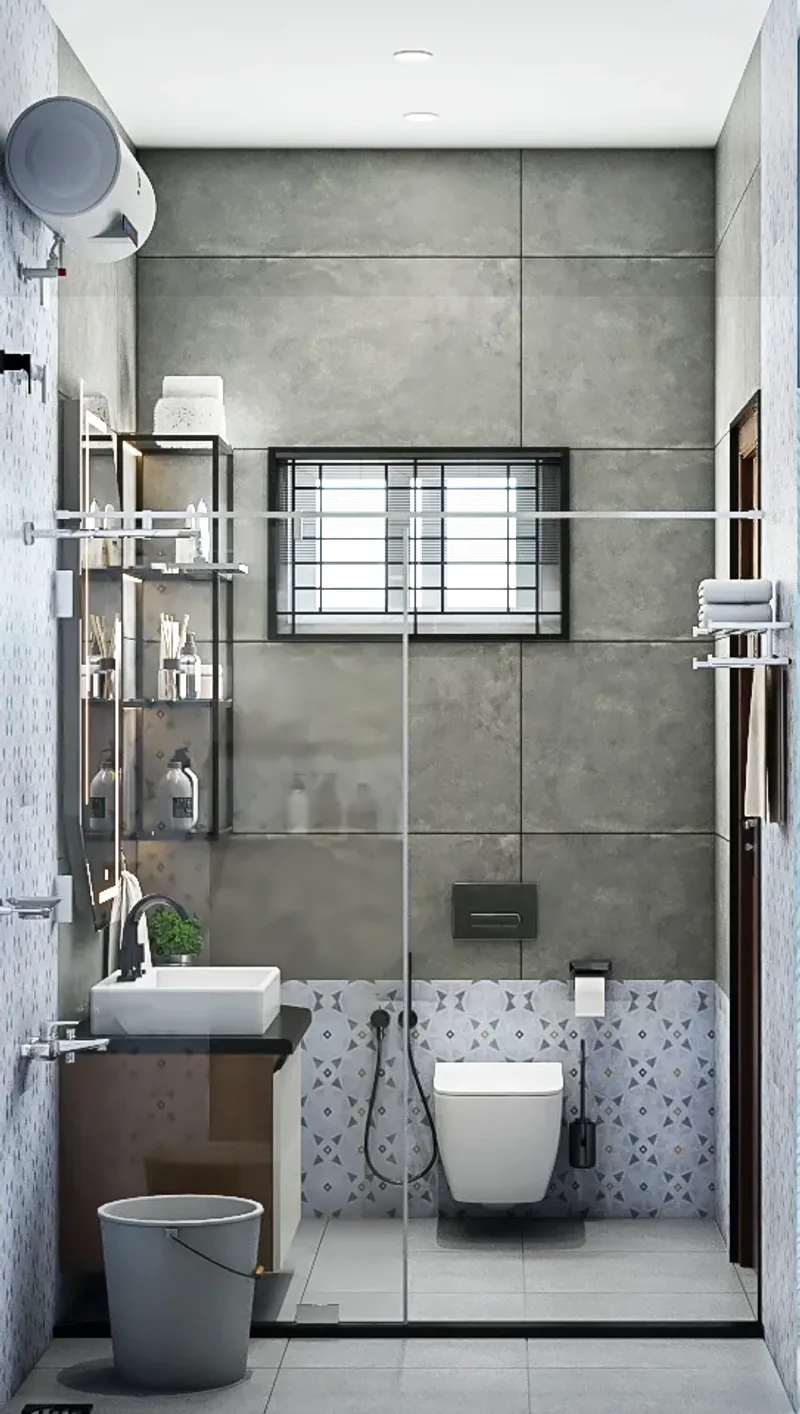
Moisture wreaks havoc in bathrooms without proper airflow. Mold and mildew begin growing in as little as 24-48 hours in damp environments, potentially causing health issues and ruining your beautiful new surfaces.
Fans should vent completely outside your home, not just into attic spaces. Choose models with appropriate CFM (cubic feet per minute) ratings based on your bathroom’s square footage for effective moisture removal.
Consider humidity-sensing fans that automatically run when moisture levels rise and continue until the room is properly dried. Smart ventilation prevents problems before they start!
5. Do Consider The Future
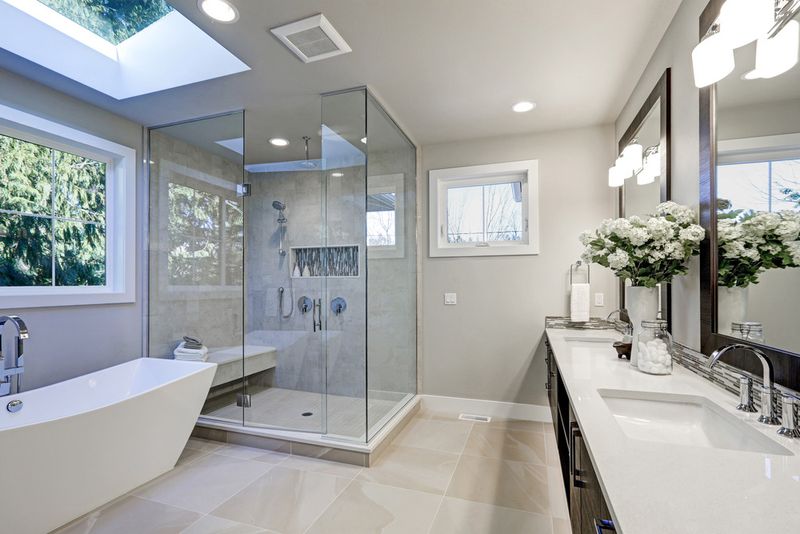
Trendy bathroom designs can look dated surprisingly fast. Remember avocado green fixtures from the 70s? Choose classic elements for permanent features while expressing personality through easily changeable items like towels and accessories.
Aging-in-place features benefit everyone, not just seniors. Grab bars, curbless showers, and comfort-height toilets make bathrooms more functional and safer for users of all ages and abilities.
Energy and water efficiency pays dividends every month on utility bills. Low-flow toilets, LED lighting, and water-saving faucets look identical to their wasteful counterparts but perform better for your wallet and the planet.
6. Don’t Ignore The Layout
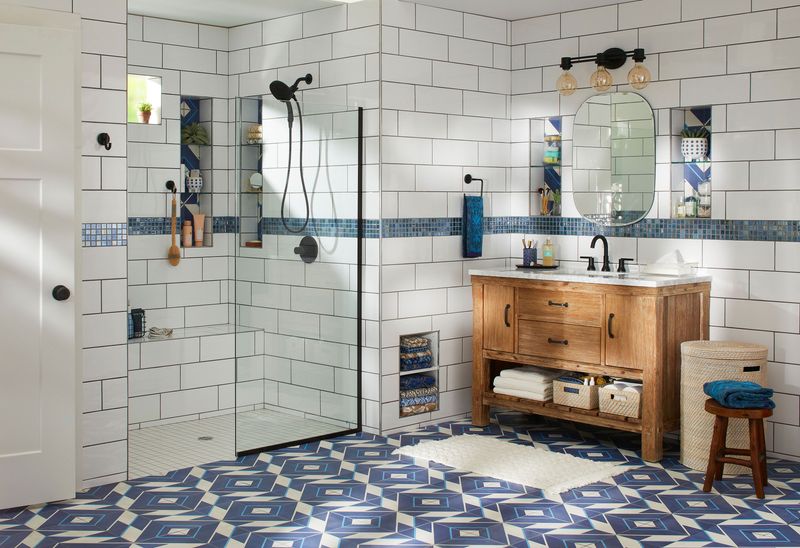
Bathroom flow matters more than you might think! Doors that bang into toilets, sinks positioned too far from towel bars, or showers that splash water across the entire floor create daily frustrations.
Measure everything twice, including your own body dimensions. The perfect bathtub in the showroom might feel cramped for your height, or that sleek vanity might force uncomfortable bending.
Consider the space needed for cleaning around fixtures. That gorgeous freestanding tub looks fabulous until you’re trying to mop in the two-inch gap between it and the wall every week!
7. Do Waterproof Properly
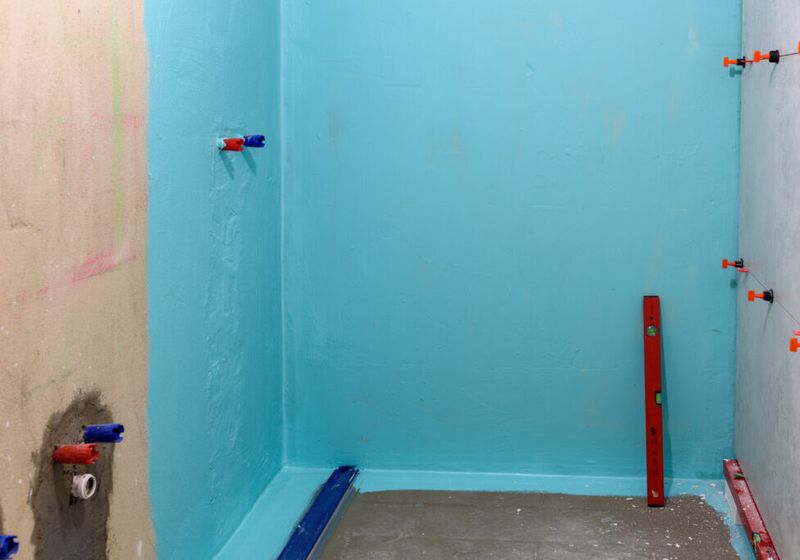
Water finds every weakness in your bathroom’s defenses. Proper waterproofing behind tiles and under floors prevents catastrophic damage to your home’s structure and expensive repairs down the road.
Modern waterproofing systems like sheet membranes and liquid applications create continuous barriers that traditional methods can’t match. These systems cost more initially but provide superior protection against moisture infiltration.
Pay special attention to shower niches, bench seats, and window sills – these horizontal surfaces collect water and are common failure points in otherwise well-built showers. Proper slope and sealing make all the difference!
8. Don’t Skimp On Storage
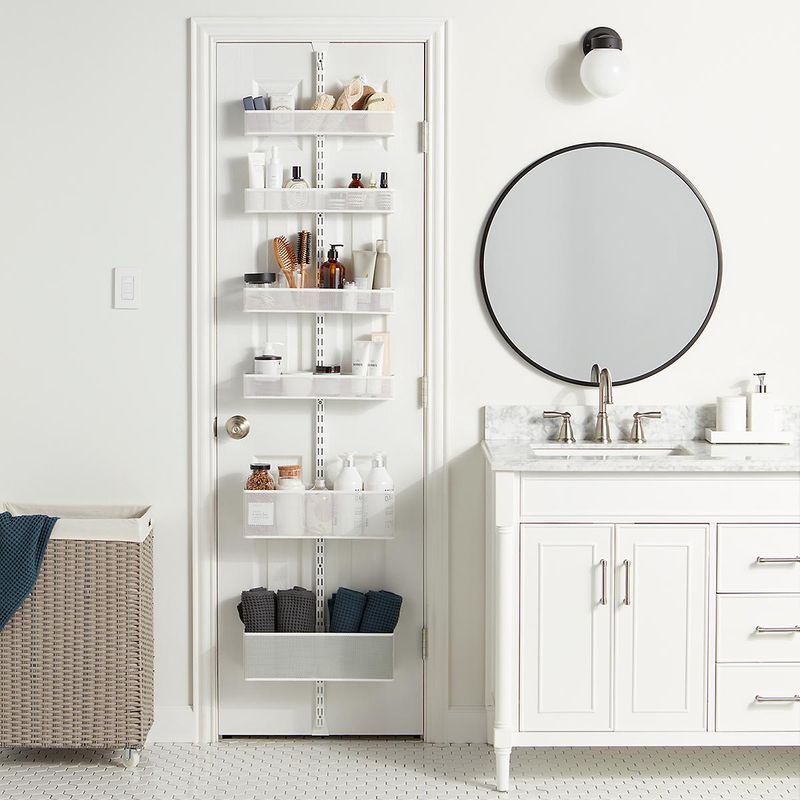
Bathroom clutter creates stress and wastes time during busy mornings. Realistic storage planning means considering every item you actually use, from hair appliances to cleaning supplies.
Medicine cabinets have evolved beyond those tiny mirrored boxes. Modern versions offer adjustable shelving, interior electrical outlets, and even defoggers while maintaining a sleek appearance.
Custom storage solutions maximize awkward spaces like the area under floating vanities or beside the toilet. Tall, narrow cabinets can transform unused corners into valuable storage without sacrificing floor space.
9. Do Invest In Quality Materials
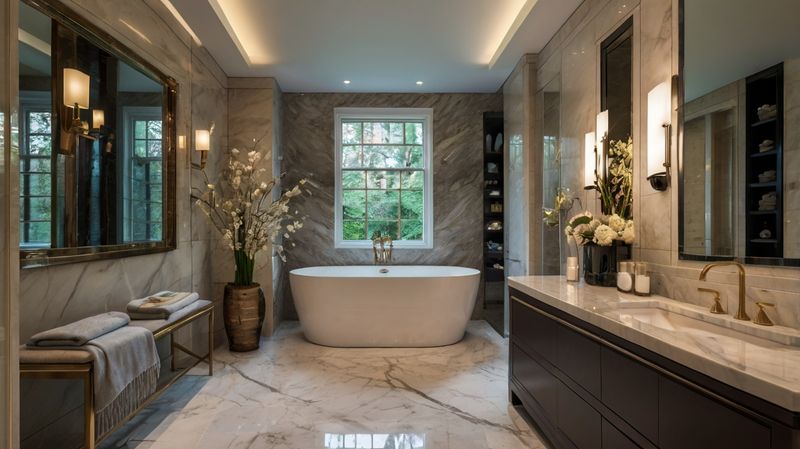
Bathrooms face extreme conditions daily. Steam, water splashes, cleaning chemicals, and temperature fluctuations quickly destroy subpar materials, making your beautiful remodel look shabby prematurely.
Porcelain tiles outlast ceramic in high-moisture areas, while solid brass fixtures resist corrosion better than plated alternatives. Real stone requires maintenance but ages gracefully compared to some imitations that peel or discolor.
Solid surface countertops without seams prevent water infiltration that can damage particleboard vanities. Quality materials might cost more initially but require less maintenance and replacement over your bathroom’s lifetime.
10. Don’t Forget Lighting Layers
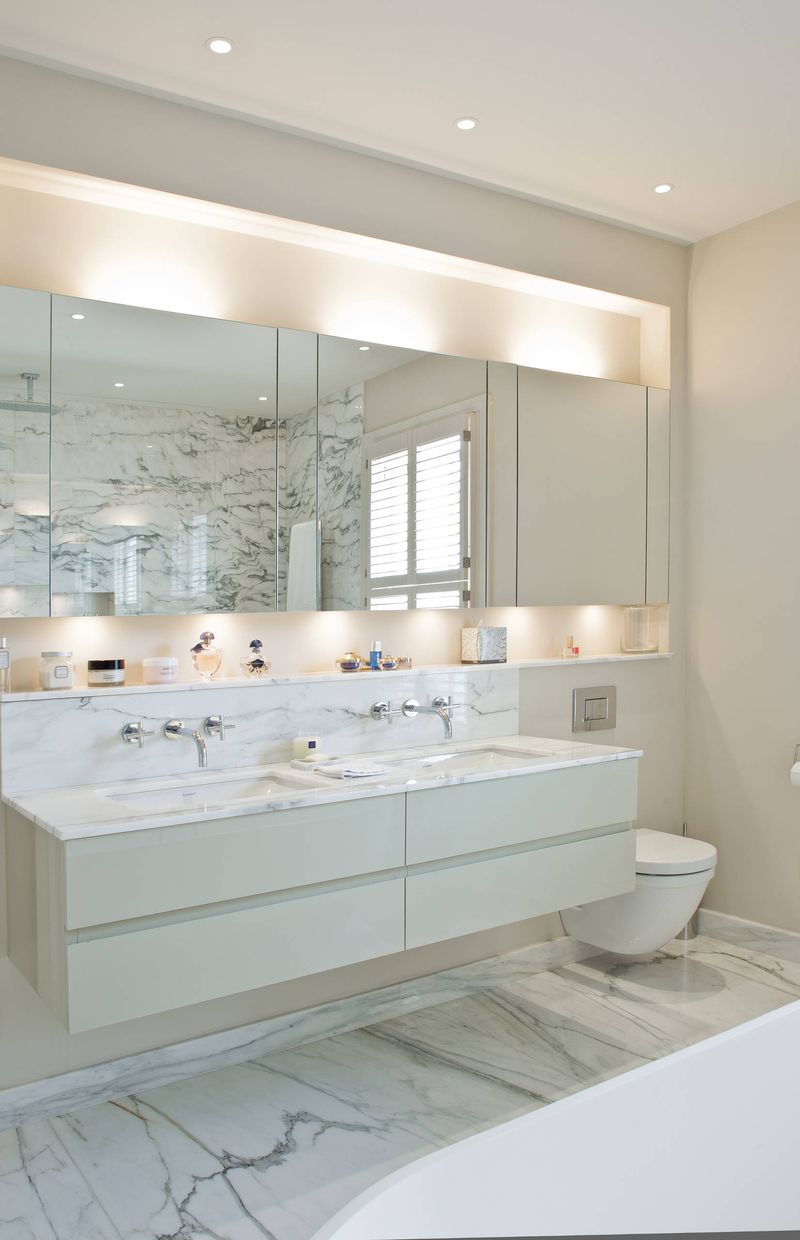
Harsh overhead lighting creates unflattering shadows that make grooming tasks difficult. Strategic lighting transforms both functionality and mood in your bathroom retreat.
Face-level lighting on both sides of mirrors provides shadow-free illumination for shaving, makeup application, and skincare routines. Overhead task lighting supplements natural light for cleaning and general use.
Ambient options like cove lighting, toe-kick glows, or backlit mirrors add warmth and sophistication. Consider nighttime convenience with motion-activated path lighting that guides midnight bathroom visits without blinding brightness.
11. Do Test Before Committing

Sample tiles look completely different installed than they do in your hand at the showroom. Light reflection, grout color, and room dimensions dramatically affect how materials appear in your actual space.
Create mockups by taping large material samples to walls and floors for several days. View them at different times to see how natural light changes their appearance throughout the day and night.
Test drive fixtures when possible. Sit in tubs, stand in front of vanities at your height, and try faucet handles to ensure comfort and ergonomics match your expectations before making final selections.
12. Don’t Rush The Process
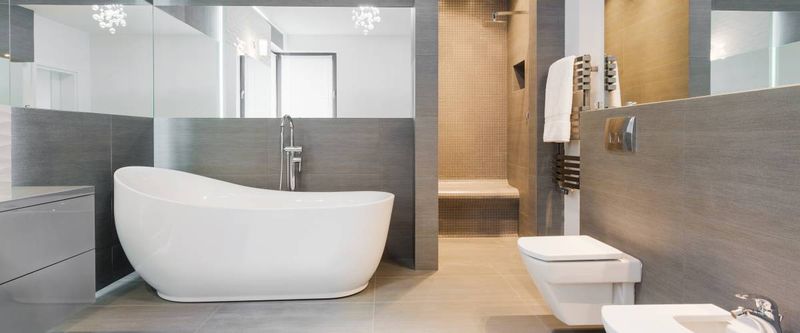
Bathroom remodels follow a specific sequence that can’t be shortcut without consequences. Drywall mud needs proper drying time before painting, and tile mortar requires full curing before grouting begins.
Supply chain delays happen even with careful planning. Order all materials well in advance and have them on-site before demolition starts to prevent being stuck with an unusable bathroom while waiting for that special-order vanity.
Quality installation takes time and patience. Good contractors won’t rush crucial waterproofing steps or tile setting, understanding that proper curing times prevent costly failures that quick installations often create.
13. Do Create A Realistic Timeline
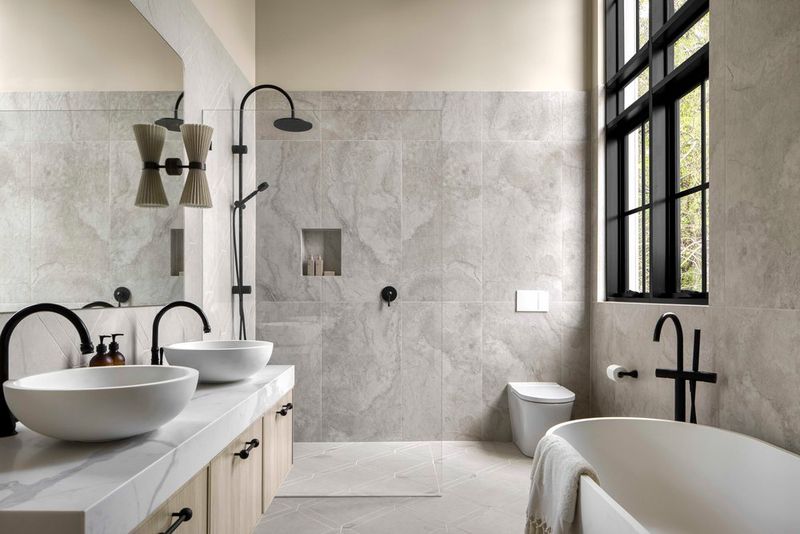
Bathroom renovations always take longer than those TV shows suggest! A complete remodel typically requires 4-6 weeks minimum when everything goes perfectly (which it rarely does).
Factor in buffer time for unexpected discoveries like rotted subfloors or outdated wiring that need addressing. These surprises are normal, especially in older homes, and rushing through them creates problems.
Plan alternative bathing arrangements during construction. Will you use another bathroom? Stay with family? Understanding these logistics before demolition prevents stress when your only shower suddenly becomes a construction zone for a month!
14. Don’t Neglect Practical Details
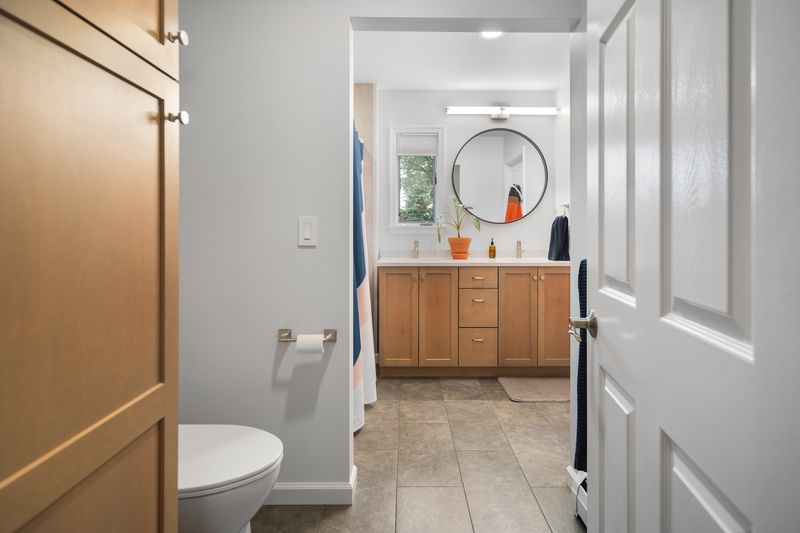
Towel bars placed too far from showers create puddles on floors. Toilet paper holders installed at awkward heights cause daily frustration. These small details impact bathroom functionality enormously.
Electrical outlets need strategic placement for razors, hair dryers, and other grooming tools. GFCI protection is essential near water sources, while building codes specify minimum distances from showers and tubs.
Door swings, drawer clearances, and traffic patterns determine comfort in tight bathroom spaces. Mockup the space with painter’s tape on floors to test pathways before committing to permanent fixture locations.
15. Do Consider Maintenance Requirements
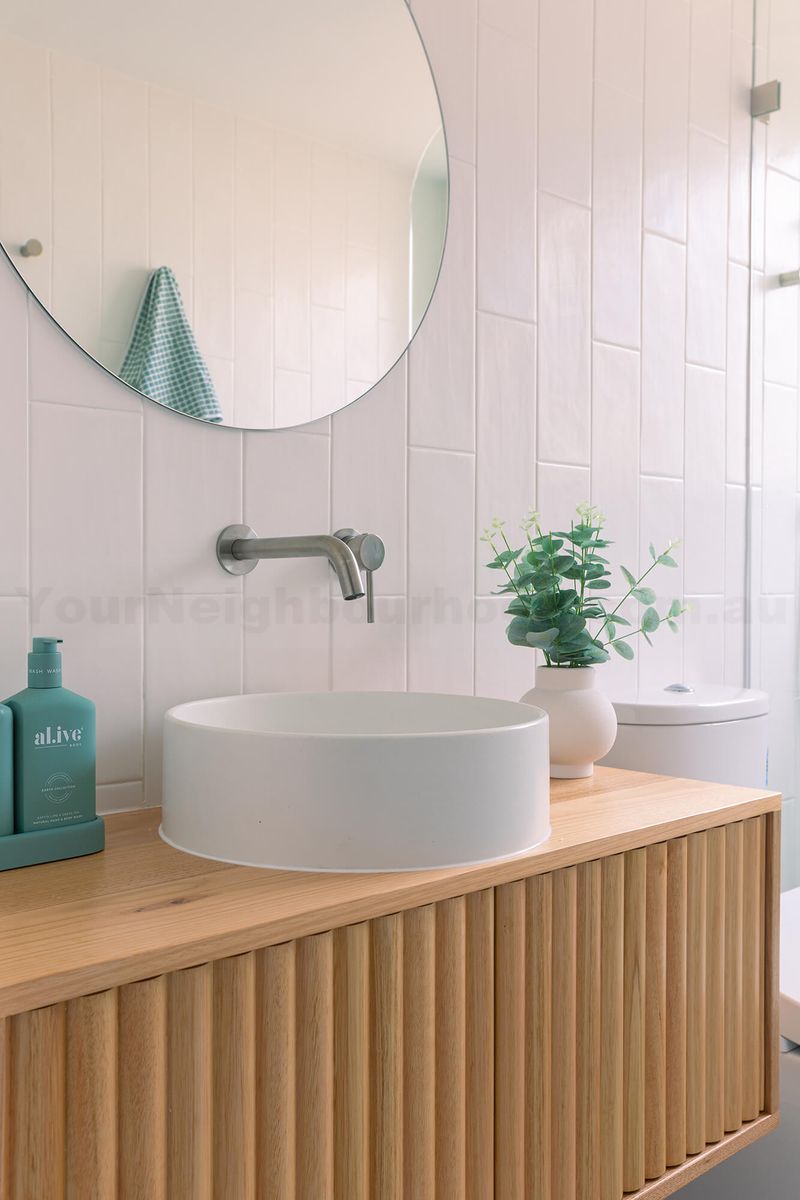
Frameless glass shower doors create stunning visual impact but require daily squeegee-ing to prevent water spots and mineral buildup. Are you willing to commit to this routine, or would a shower curtain better match your cleaning habits?
Natural stone demands regular sealing and special cleaners to maintain its beauty. Porcelain alternatives provide similar aesthetics with significantly less upkeep for busy households.
Wall-mounted toilets look sleek but make future repairs more complex and expensive. Every design choice brings maintenance considerations that should align with your lifestyle and cleaning preferences.
16. Don’t Follow Every Trend
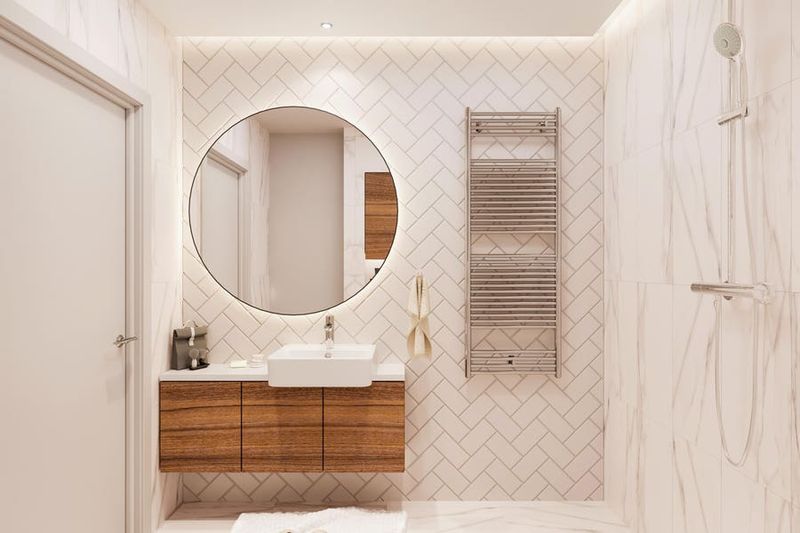
Bathroom trends cycle quickly! Remember when vessel sinks were everywhere? Many homeowners now replace them due to splashing issues and difficult cleaning around their bases.
Bold colored fixtures create dramatic impact but limit future design flexibility. Navy blue vanities look fantastic until your color preferences change, while neutral foundations allow easy updates through accessories.
Focus on trends in easily replaceable elements like faucets or light fixtures rather than permanent features such as tubs or tile work. This approach lets you refresh your bathroom’s look without another full renovation when styles inevitably change.

